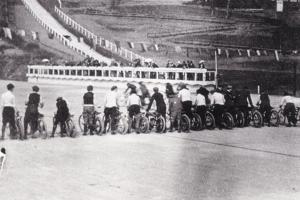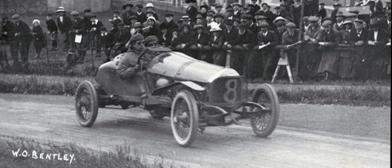From W.O. Bentley, who founded Bentley Motors in 1919, to the current team of over 4,000 dedicated employees, the company’s extraordinary cars have always been designed and built by exceptional people using only the finest of materials. They have always been driven by exceptional people, too. From the passionate Bentley Boys and Girls who raced the cars in the 1920s, encouraging W.O. Bentley to achieve ever greater feats of engineering, to the visionary Bentley owners of today, Bentley drivers help to shape the world around them.
As a brand we are also constantly looking forwards, and in this section you will find our technological innovations and future vision for Bentley. And now we are going further, towards a more sustainable future. In 2020 Bentley Motors launched the ‘Beyond100’ Manifesto, which outlines our intention to become the most sustainable luxury Automotive brand in the world.
The unique relationship between those who create the cars and those who drive them has helped create an enthralling story unlike any other. Explore the stories below to find out more.







